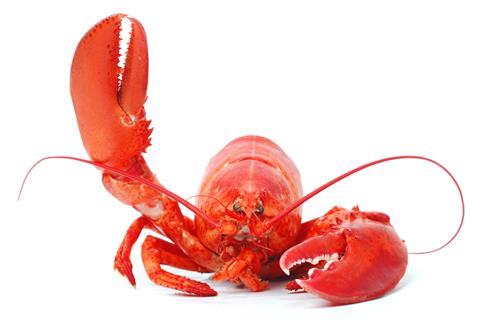Try a pinchpoint approach to diagnose and address the reasons for learners’ mistakes in school science

I explored threshold concepts to help students master more difficult concepts in science. However, I found the concepts hard to apply to secondary school science as they are more relevant at undergraduate and ages 16–18. School science uses teaching models that are only building blocks towards the threshold concept itself.
To address the problem, I developed a pinchpoint approach. Although similar to threshold concepts, pinchpoints are more focused on the curriculum.
What are pinchpoints?
Similar to a threshold concept, a pinchpoint is a scientific concept or skill within the secondary school curriculum that is challenging to learn. Once learnt, it provides deeper understanding and the ability to apply knowledge to unfamiliar situations. A pinchpoint usually represents a block of knowledge made up of several sub-concepts.
Why use pinchpoints?
Experienced teachers know the common mistakes learners make in chemistry. However, they do not always recognise the reason for the mistake and interventions are often one-size-fits-all. Pinchpoint interventions address the reasons for learners’ mistakes and allow focused differentiation. Additionally, they highlight difficult concepts and motivate learners to engage with them. Students are then able to apply the tricky concept or skill more confidently to new situations.
How do pinchpoint interventions work?
The pinchpoint approach starts with an activity, such as an open question or an exercise, that tests learners’ understanding of a concept. Incorrect responses are analysed to diagnose why the learner made the mistake. Once the reason for the mistake is established, a suitable intervention can help rectify the mistake. This is usually an activity that addresses the mistake without just giving the correct answer.
Which intervention for which type of mistake?
Keith Taber’s model for challenging learners’ mistakes identifies four reasons for making a mistake: lack of knowledge, missing connection, misunderstanding or misconception. The difference between a misunderstanding and a misconception is that misunderstanding usually arises during the teaching and learning process. Misconceptions on the other hand have developed outside the classroom. They are often formed culturally and strongly held.
Keith also identifies a type of intervention for each of the four reasons for a mistake. I have further labelled each intervention as learner-led or teacher-led. Learner-led activities are provided by the teacher to either address missing knowledge or connections. Misunderstandings and misconceptions are more difficult to challenge and call for a dynamic teacher-led activity to question and challenge the learner.

What does this look like in practice?
Let’s consider each type of mistake in turn, using the pinchpoint of ‘dissolving’.
Missing knowledge
In this situation, learners respond may with, ‘I don’t know’. The intervention is ‘making good’ the missing knowledge by revisiting subject content already covered in lessons. This could be an activity to revisit knowledge, identify processes, label diagrams, or focus on the keywords (dissolve, solvent, solute, solution) and their meaning.
Missing connection
Missing connections could be comparisons not realised or sub-concepts not linked. An example of a word-level connection between the word ‘dissolving’ and what sugar does in tea could be, ‘sugar in tea dissolves’. At the conceptual level, the connection could be on a particle scale – dissolving is a physical change, similar to melting. Interventions use activities to help the learner make explicit connections between concepts, which include constructing comparison tables, sorting exercises, sequencing activities and concept or mind maps.
Misunderstanding
Misunderstandings are based on confusion between terms. This could be not realising similar words are used for different things eg solvent, solution and soluble. At the conceptual level, students may suggest salt ‘disappears’ in water. The intervention involves correcting the misunderstanding, again through an activity such as a demonstration of a familiar example. In this case that dissolved salt has not disappeared, you can still taste it when it is in solution.
Misconception
Misconceptions are well researched and often based on something counter-intuitive to everyday experience. This requires actions to challenge the misconception, ‘dissociation’ activities. These could be thought experiments, demonstrations with questions, or presentations of cognitive conflict. As an example, show how particles arrange themselves in solution, comparing the volume and mass of water and copper sulfate crystals before and after.
Pinchpoint resources
Using my experience from leading pinchpoint workshops for science teachers, I have designed activities with some authors. These form part of a course workbook that presents learners with multiple choice questions. Each answer alludes to correct knowledge, missing knowledge, missing connections or misunderstandings. Depending on which answer learners choose, they complete an activity that challenges the reason for the mistake, or extends the learner if they are correct.
Acknowledgements
Thanks to Amie Hewish for supporting this idea, the teachers at various workshops for their candid input, and Jon Clarke, Philippa Gordon Hulme and Jo Locke for developing the idea into actual activities.














No comments yet